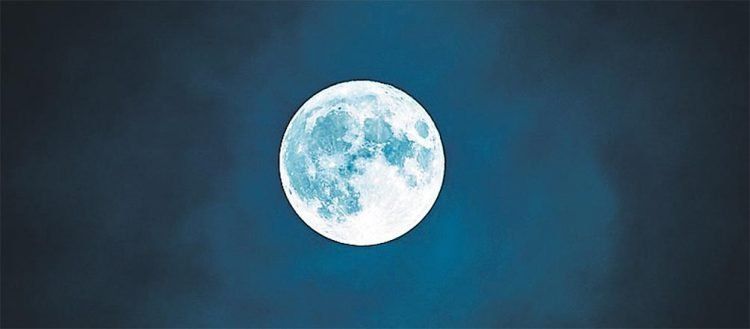The Search for Extraterrestrial Intelligence Heats Up
by Dirk Schulze-Makuch March 11, 2019 (airspacemag.com)
• A remarkable meeting occurred over the weekend of March 9-10 in Tutzing, Germany, just outside of Munich. Its theme: Are we alone in the Universe? Eminent German astrobiologists and scientists were invited to give presentations, including Karl Menten, Director of the Max Planck Institute, Gerhard Haerendel, recipient of the Allan D. Emil Memorial Award for pioneering achievements in space sciences, Andreas Losch from the Institute of Systematic Theology at the University of Bern, Switzerland, and the article’s author, Dirk Schulze-Makuch, who spoke on the Cosmic Zoo hypothesis.
• The meeting was hosted by the evangelical academy, underscoring the continuing interest of religious groups in the possibility of extraterrestrial life and what it might mean for faith communities. The Catholic Church appears to me to be the most interested group of all. In 2014 the Vatican Observatory even co-hosted a conference in Arizona on whether we are alone in the Universe.
• Earlier this year, the discovery of a new source of Fast Radio Bursts suggested that they could be messages from advanced technological civilizations. Tabby’s Star, which suddenly dips its light curve, has been linked to alien megastructures.
• Last November, Avi Loeb of Harvard University suggested that ‘Oumuamua’, the first object seen to enter our Solar System from interstellar space, could be a lightsail built by an advanced intelligent civilization. Its motion seems to indicate that something other than simple gravitation might be at work.
• The longest unresolved enigma is the Wow! signal, which has all the hallmarks of an alien transmission but unfortunately was only received once. It may have been a transmission from one starship to another, or perhaps from a ship to its home base, and Earth just happened to be in the way.
• However likely or unlikely these anomalies, it is clear that interest in the Search for Extraterrestrial Intelligence is on the rise again, as shown not only by this latest conference near Munich, but by NASA’s renewed interest in what’s now called “technosignatures” of advanced life. Many people, beyond just scientists, understand what a detection of extraterrestrial intelligent life elsewhere would mean – nothing less than a complete re-assessment of our place in the Universe.
A remarkable meeting occurred outside Munich, Germany this past weekend. Its theme: Are we alone in the Universe? The most eminent German-speaking scientists in the field of astrobiology were invited to give keynote presentations, which included talks by Karl Menten, Director of the Max Planck Institute for Radioastronomy, on the search for extraterrestrial intelligent life; by Gerhard Haerendel, recipient of the Allan D. Emil Memorial Award for pioneering achievements in space sciences, on messaging to extraterrestrial civilizations (METI); and by Andreas Losch from the Institute of Systematic Theology at the University of Bern, Switzerland, on the scientific, philosophical and theological consequences of the presence of extraterrestrial civilizations. I also gave a talk, on the possibility of complex life on other planets based on the Cosmic Zoo hypothesis.
The meeting was hosted by the evangelical academy in Tutzing, Germany, underscoring the continuing interest of religious groups in the possibility of extraterrestrial life and what it might mean for faith communities. The Catholic Church appears to me to be the most interested group of all. In recent years I’ve seen many of its representatives at scientific meetings. In 2014 the Vatican Observatory (yes, they have their own observatory) even co-hosted a conference in Arizona on whether we are alone in the Universe.
So, are we?
If you were to ask Avi Loeb of Harvard University, he would likely direct your attention to ‘Oumuamua, the first object seen to enter our Solar System from interstellar space. Last November Loeb pointed to six strange facts about ‘Oumuamua, suggesting that it could be an artificial object, possibly a lightsail built by an advanced intelligent civilization. Most puzzling of all is its shape: long, shiny and unusually thin for a rock. And its motion seems to indicate that something other than simple gravitation might be at work.
FAIR USE NOTICE: This page contains copyrighted material the use of which has not been specifically authorized by the copyright owner. ExoNews.org distributes this material for the purpose of news reporting, educational research, comment and criticism, constituting Fair Use under 17 U.S.C § 107. Please contact the Editor at ExoNews with any copyright issue.



